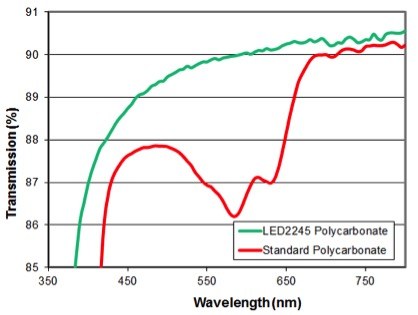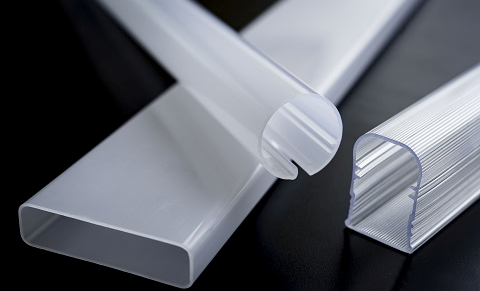The LED lighting market continues to grow, yet consumers are accustomed to the soft white
diffused light from incandescent bulbs.
To speed up adoption,manufacturers are utilizing plastic materials containing diffusion additives to offset harsh LED illumination and eliminate hot spots.It’s important to choose the correct diffusion plastic to meet to meet transmission, color and UL requirements.
There are many ways to achieve diffusion,such as adding a diffusion film or texturing the surface of the plastic. Yet in some cases,these methods can either add cost,or do not achieve the same aesthetics as incandescent bulbs.

To this end,many plastic manufacturers incorporate precisely engineered diffusion additives into their
plastic. The pellets that are subsequently created can be injection molded into parts such as lenses, or
processed by extrusion into profiles, sheets and films. This “built-in” diffusion offers the advantage of
eliminating a secondary operation that adds to system cost. Diffusion additives incorporated directly in the
resin also allow for greater design flexibility in the molded shape, otherwise a secondary step may be
necessary or may not be possible if the molded shape is complex. Diffusers can also be added to
extruded sheet,film or profiles.
Another aspect to consider with LED technology is meeting UL requirements.Since many LED-based replacements are considered electrical enclosures, meeting UL 94 flame-retardancy requirements are LED diffuser performance with polycarbonate materials,also necessary,such as stringent V-0 or 5VA ratings. Such ratings are not typically possible with acrylicand cyclic olefin copolymer, but are achievable with polycarbonate-based solutions.With these requirements in mind, choosing the correct diffusion plastic is critical to meet transmission,color and UL requirements.
Post time: Aug-13-2020
